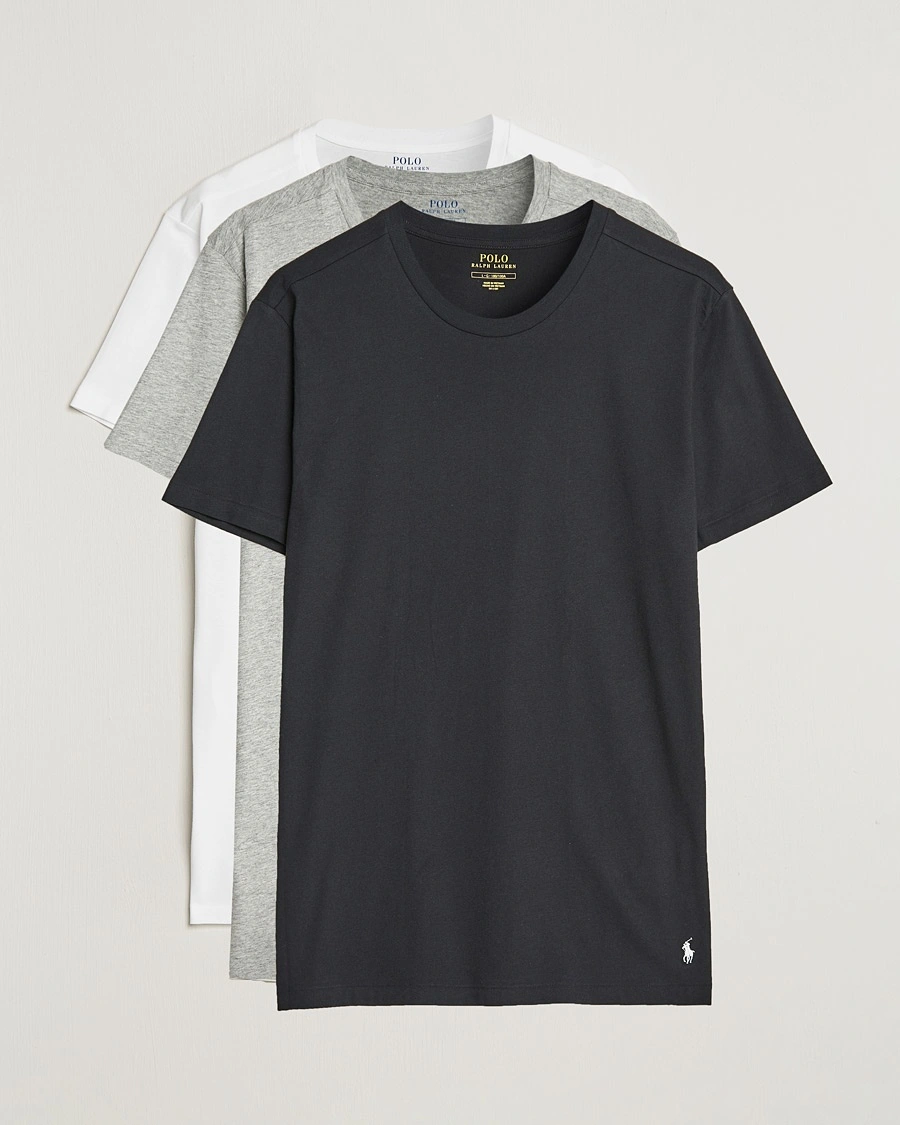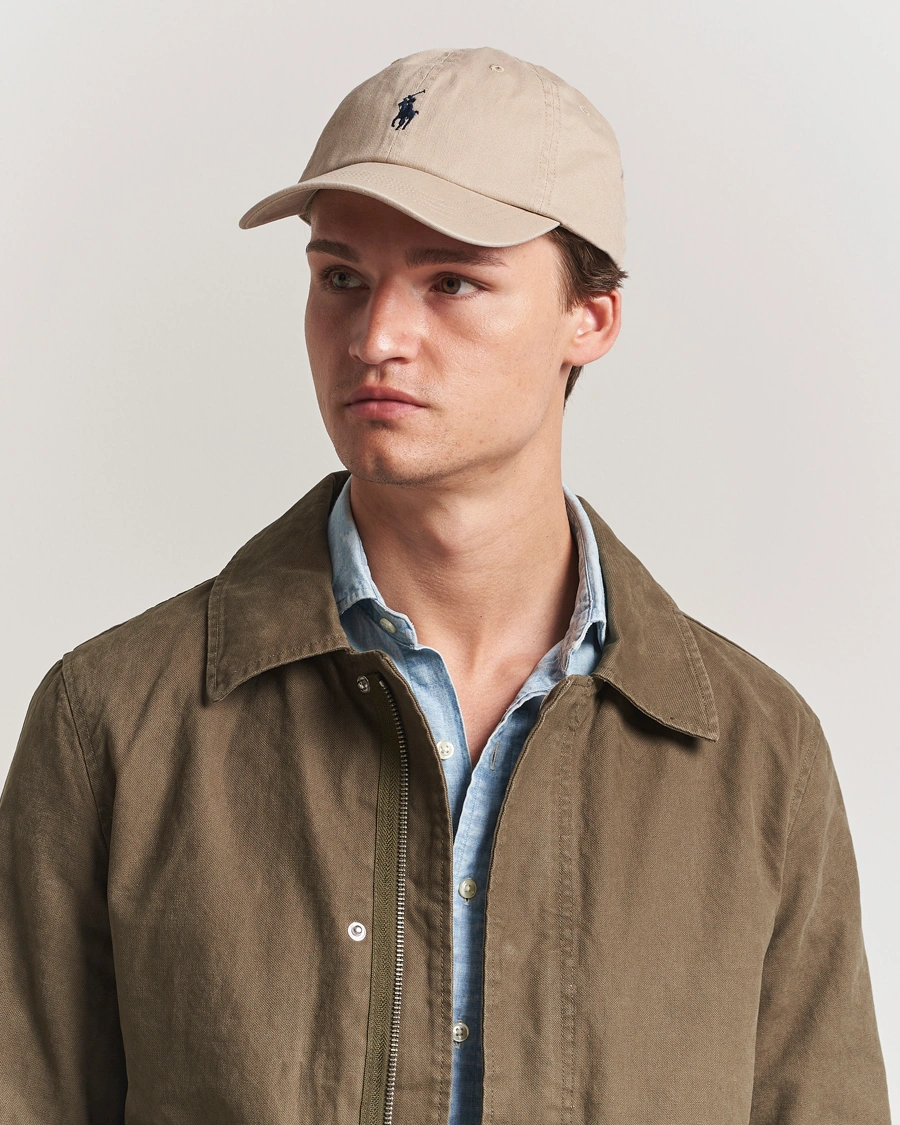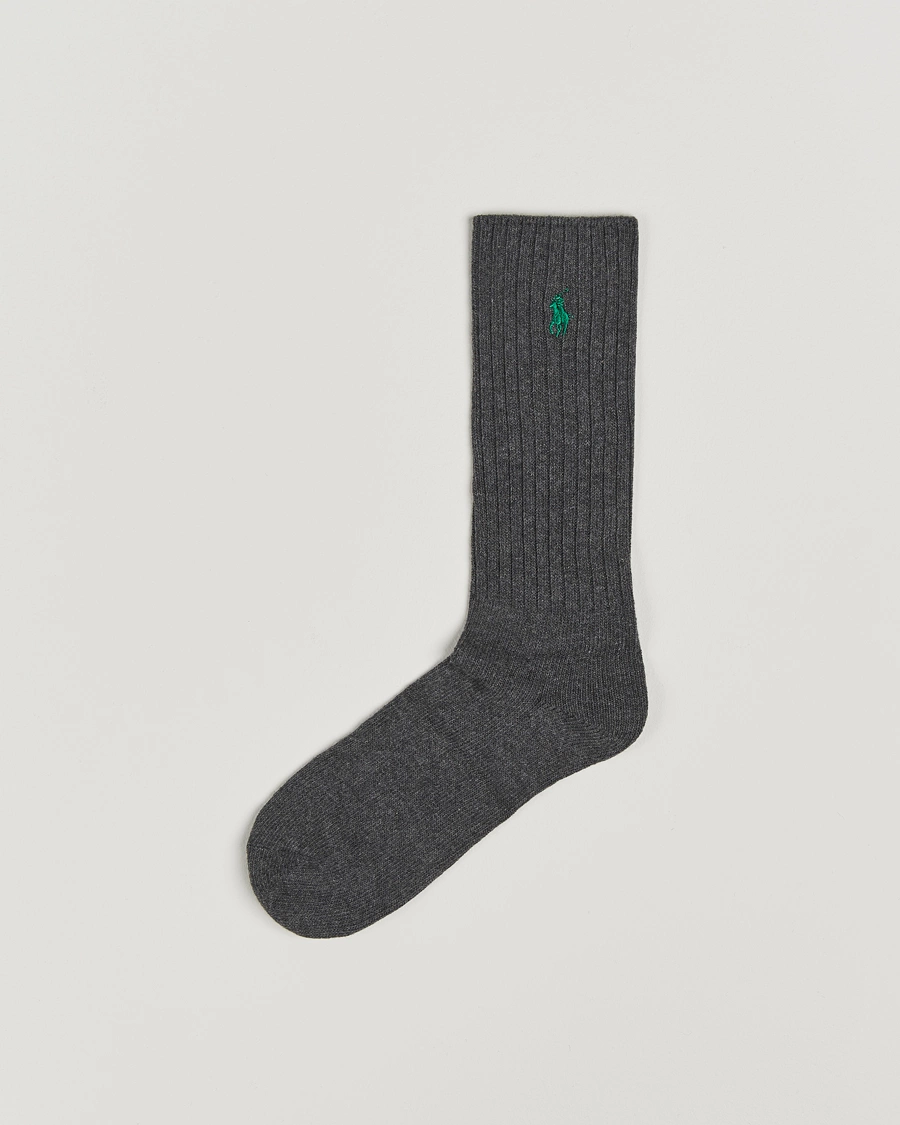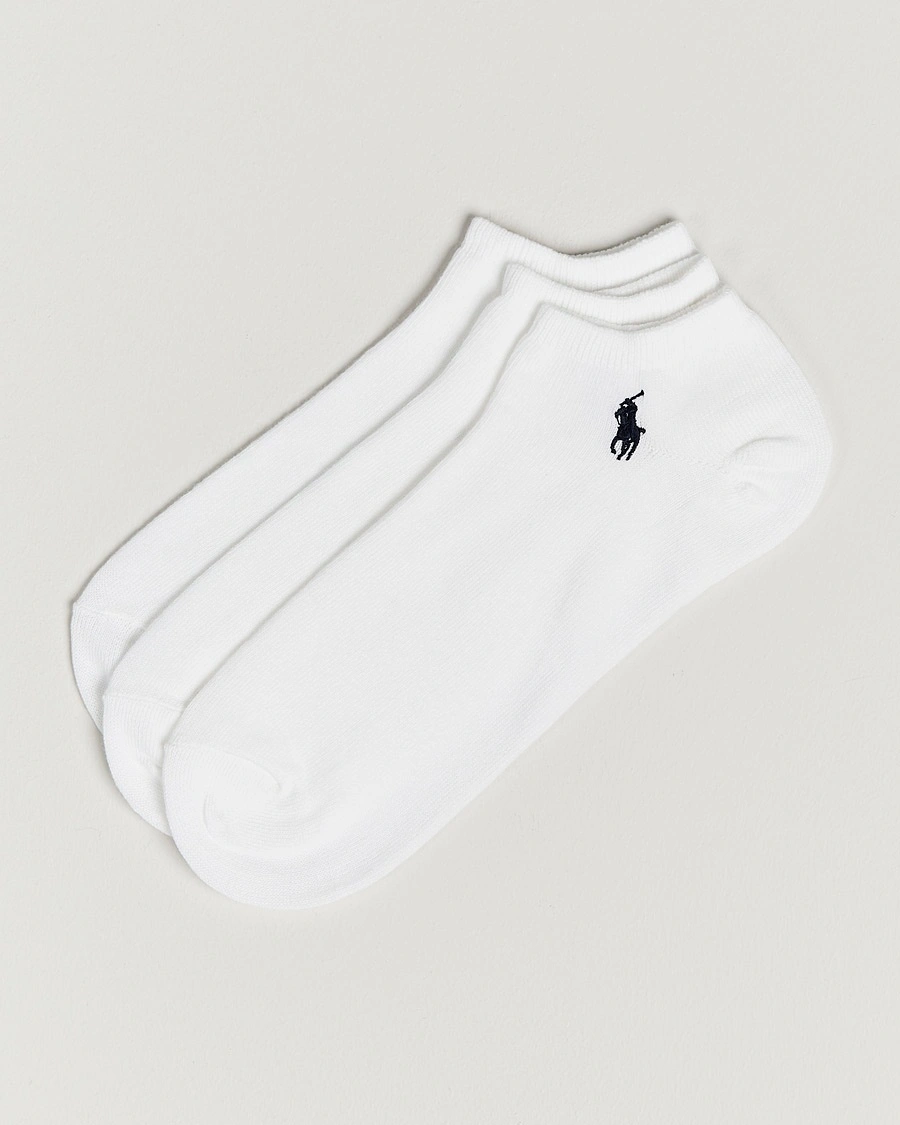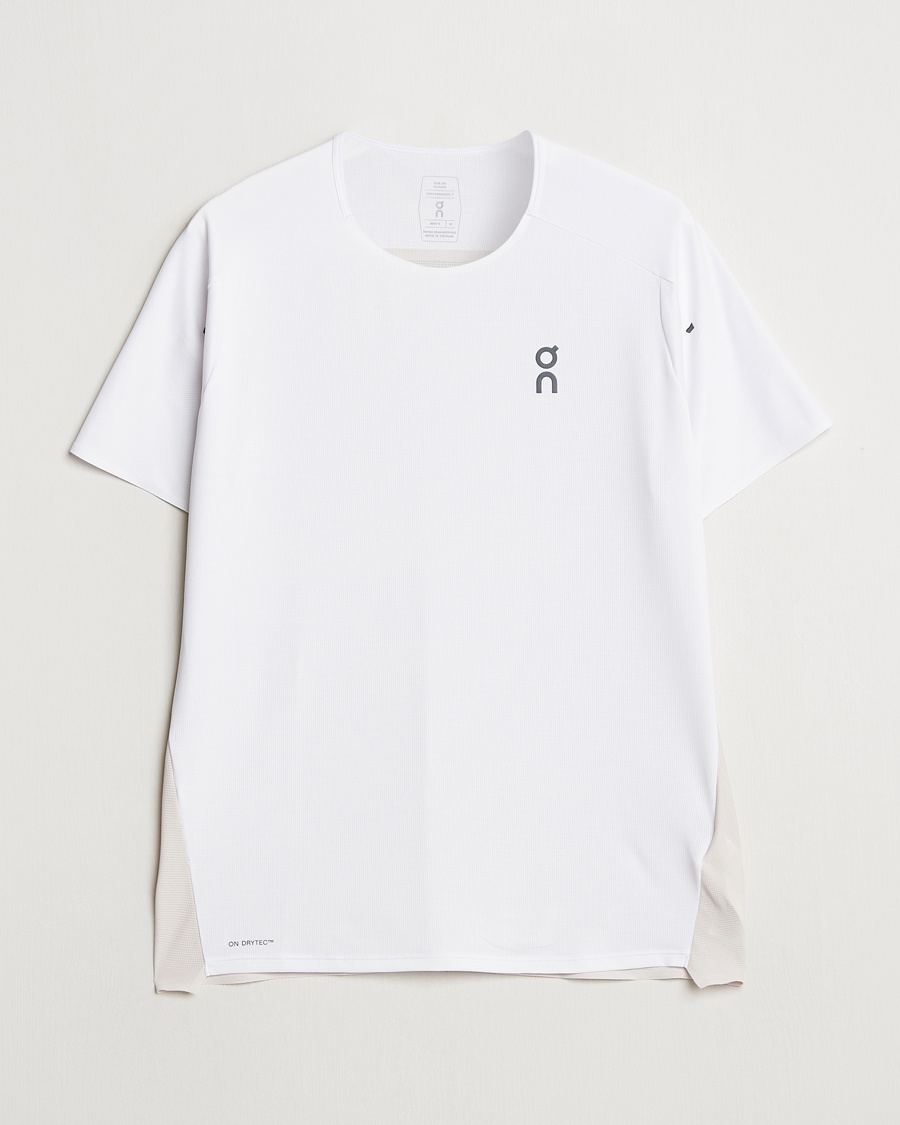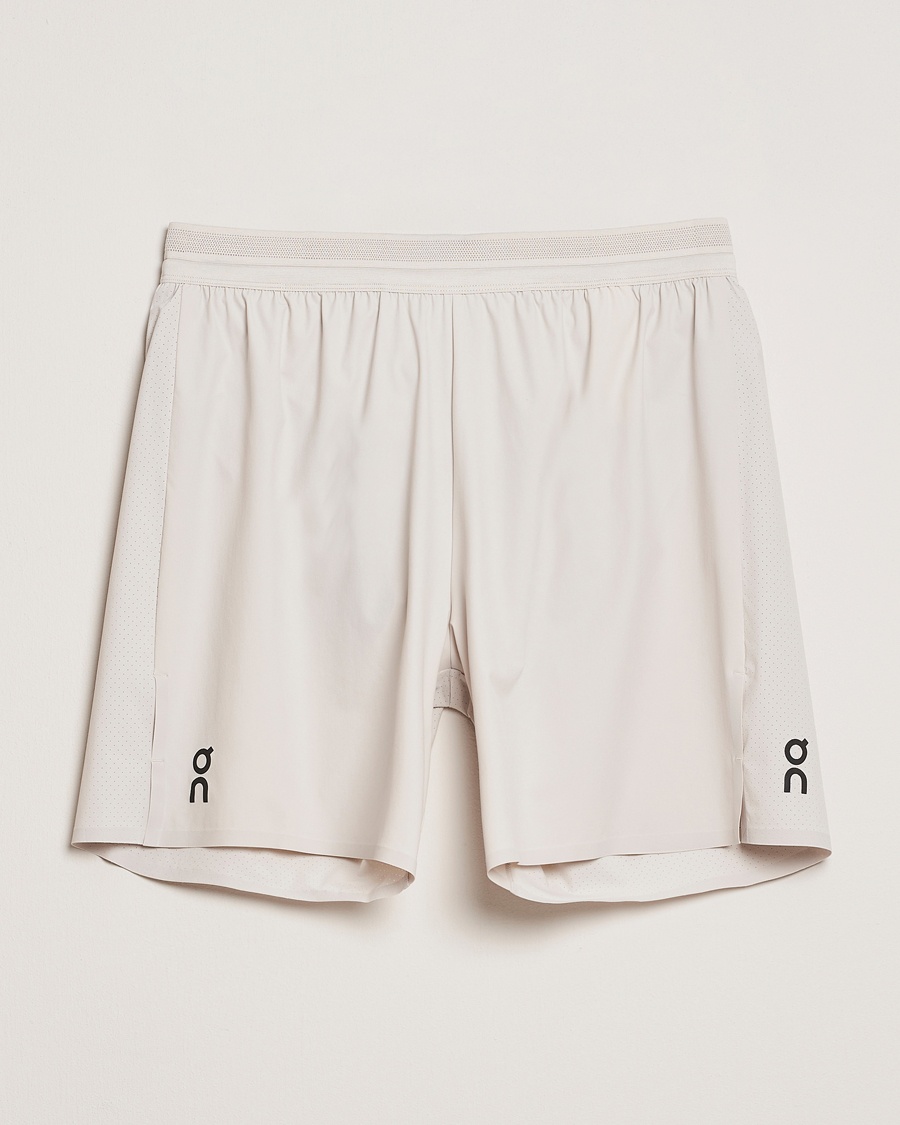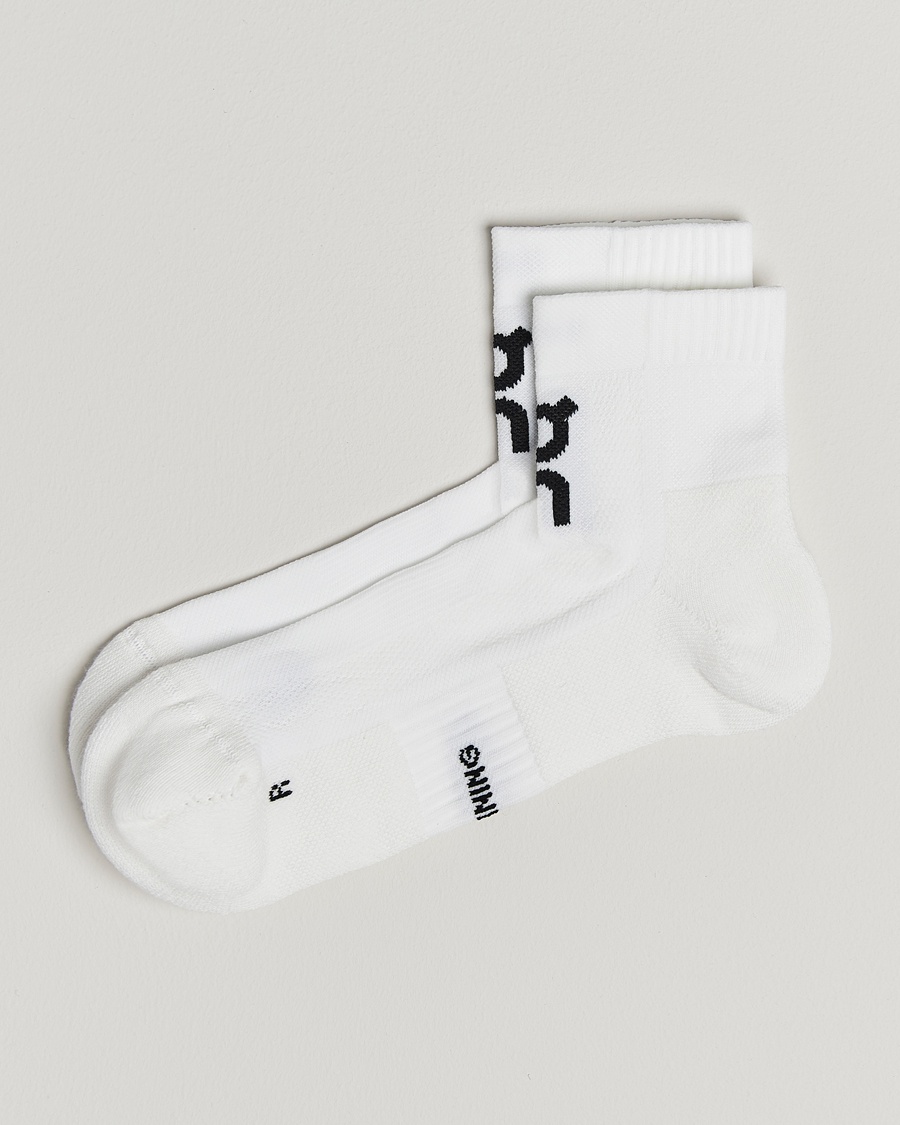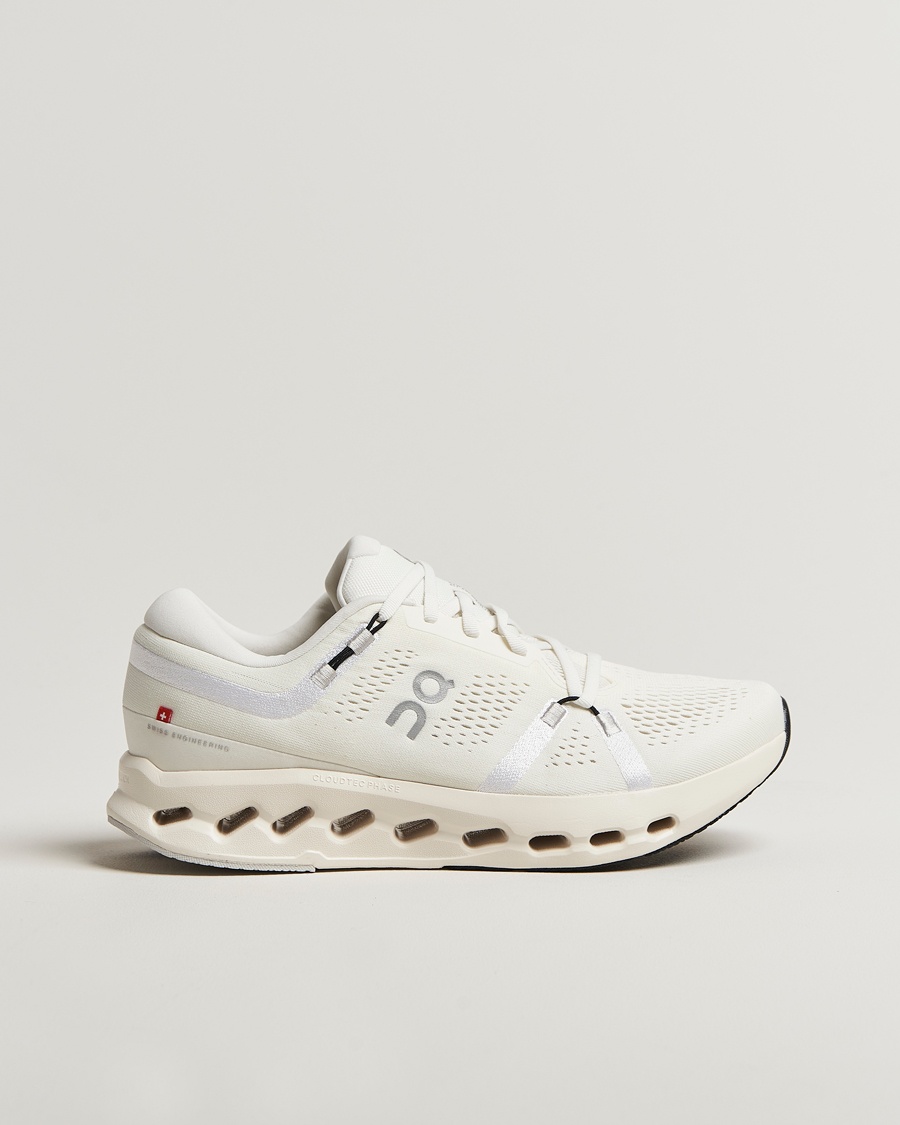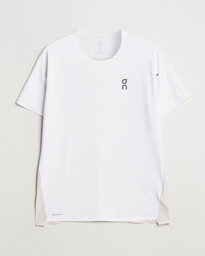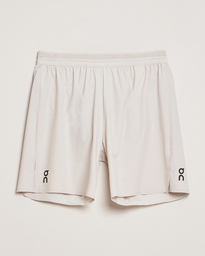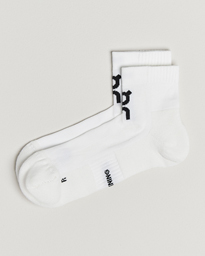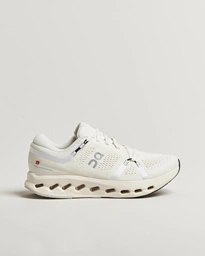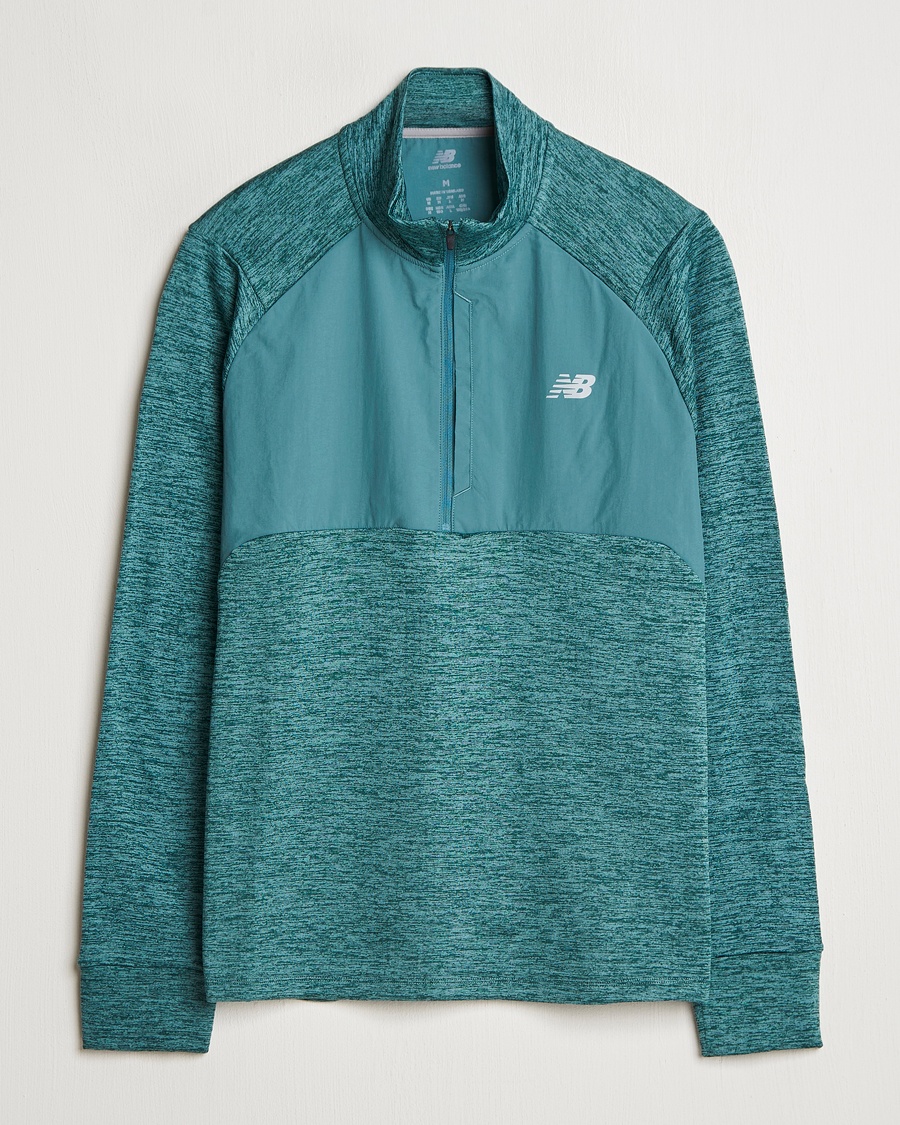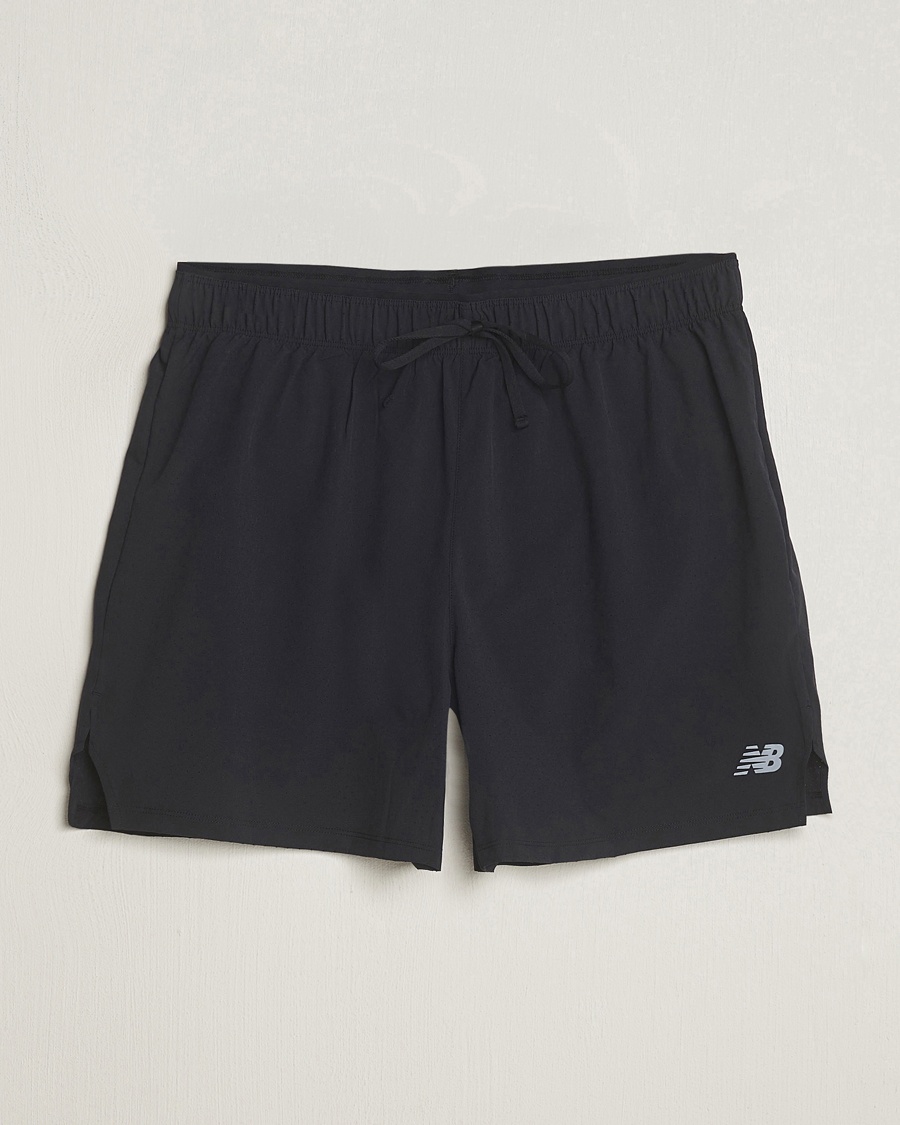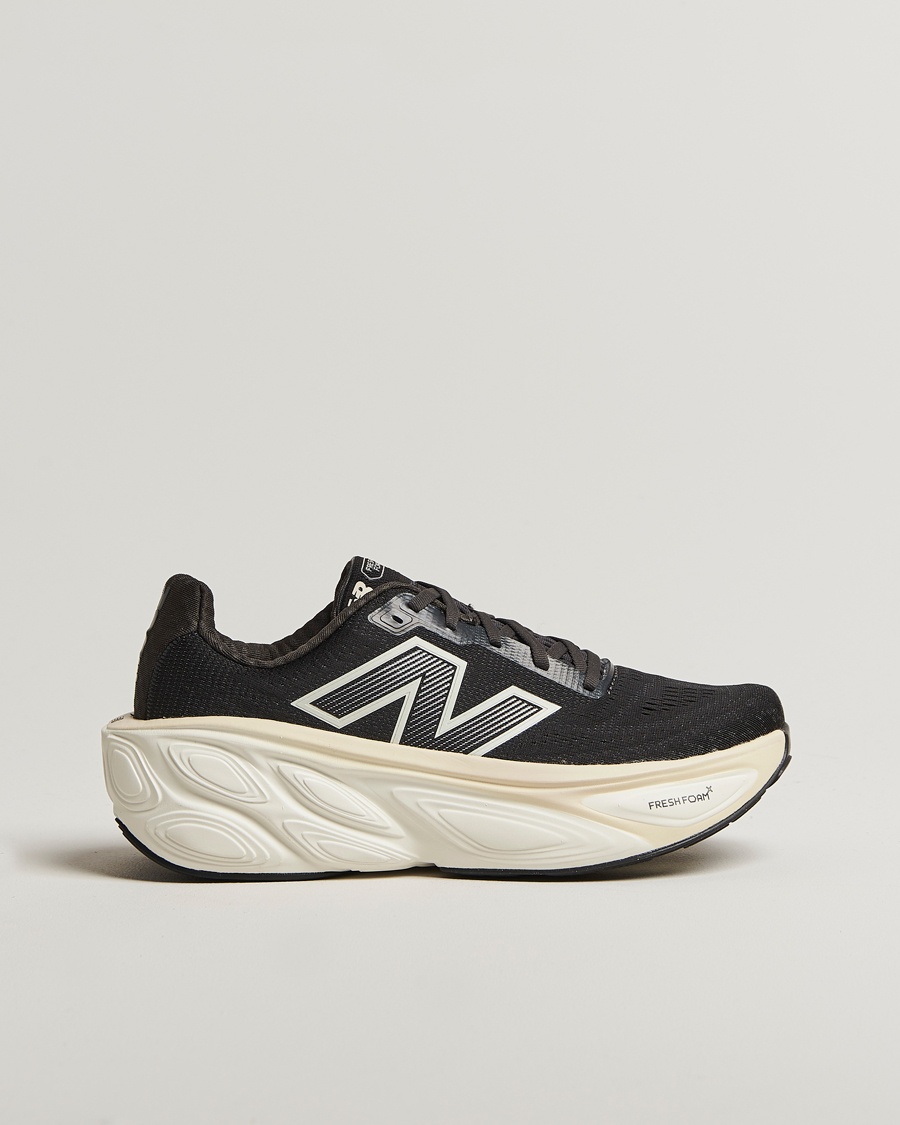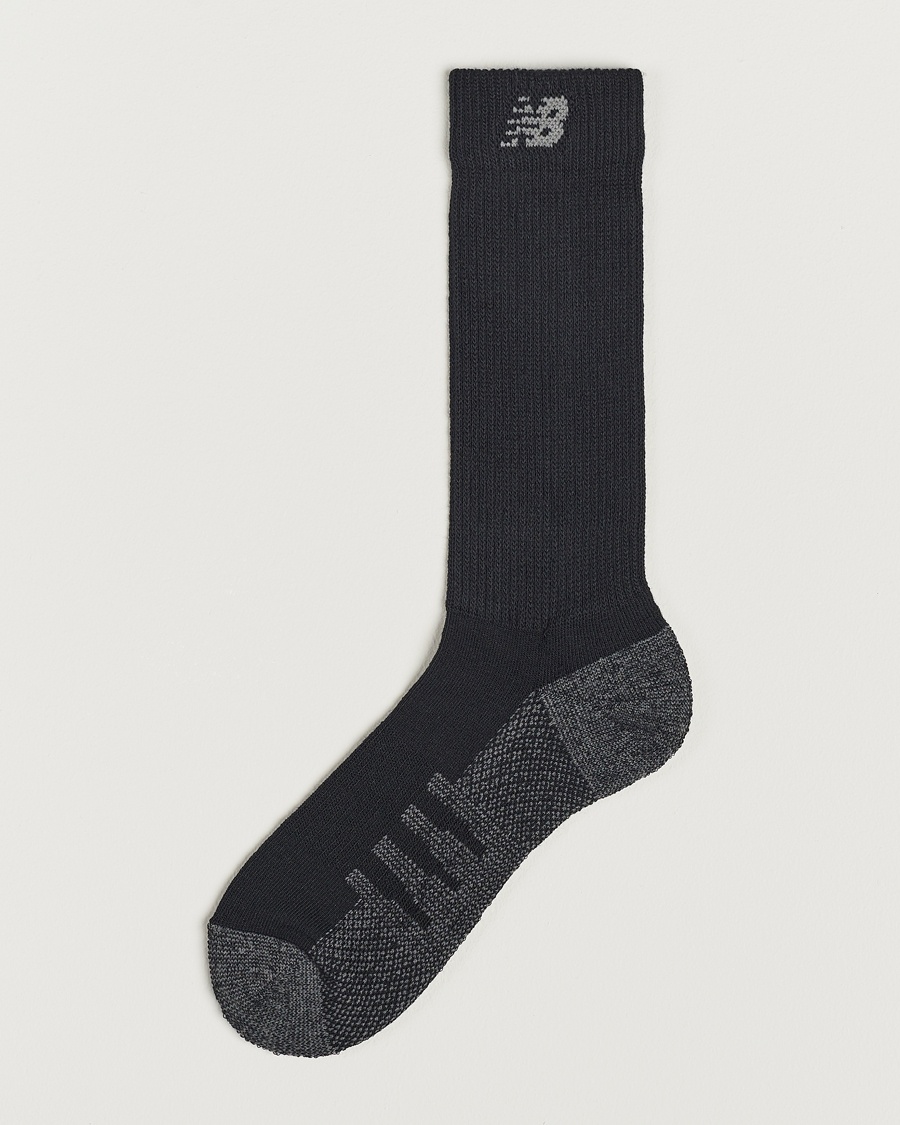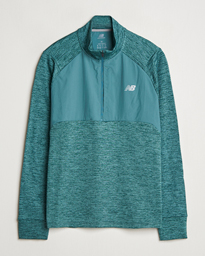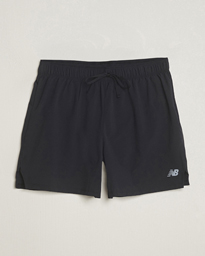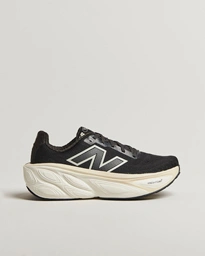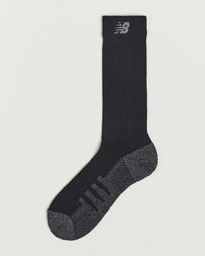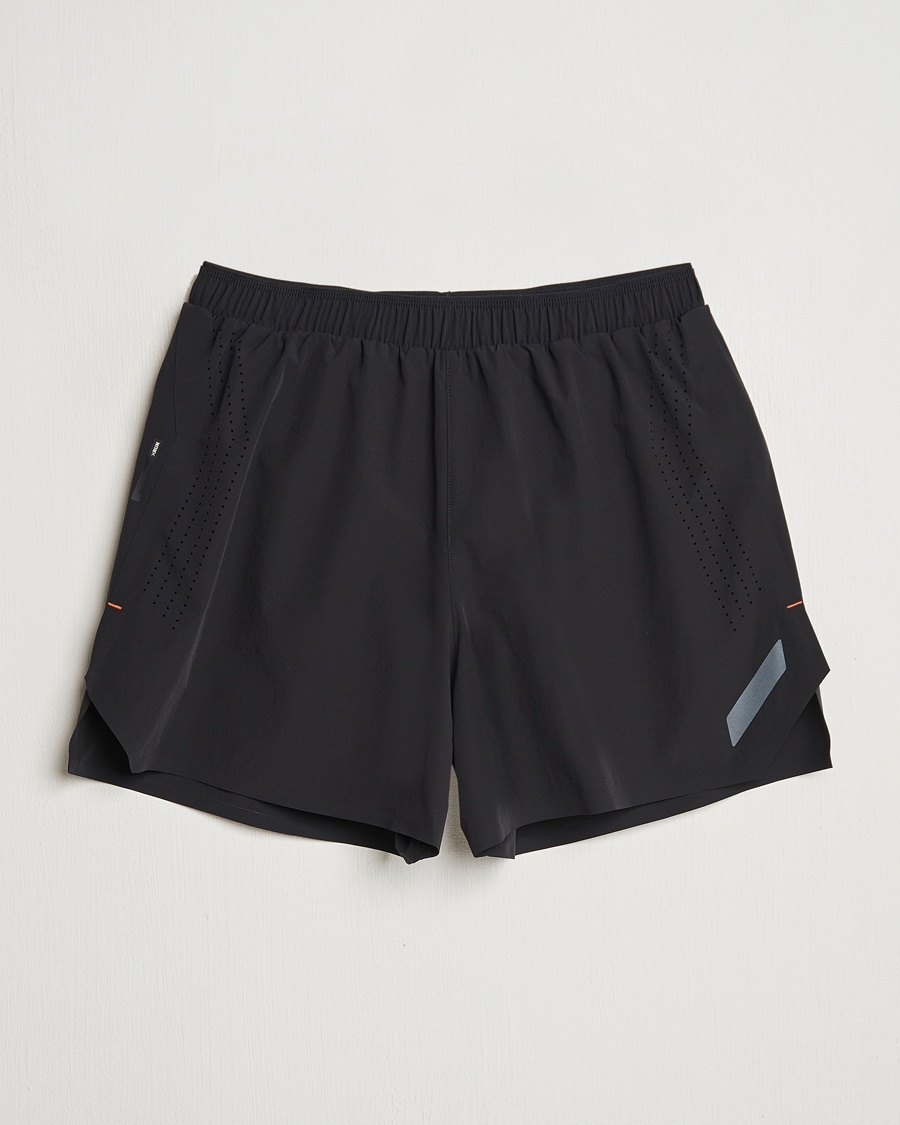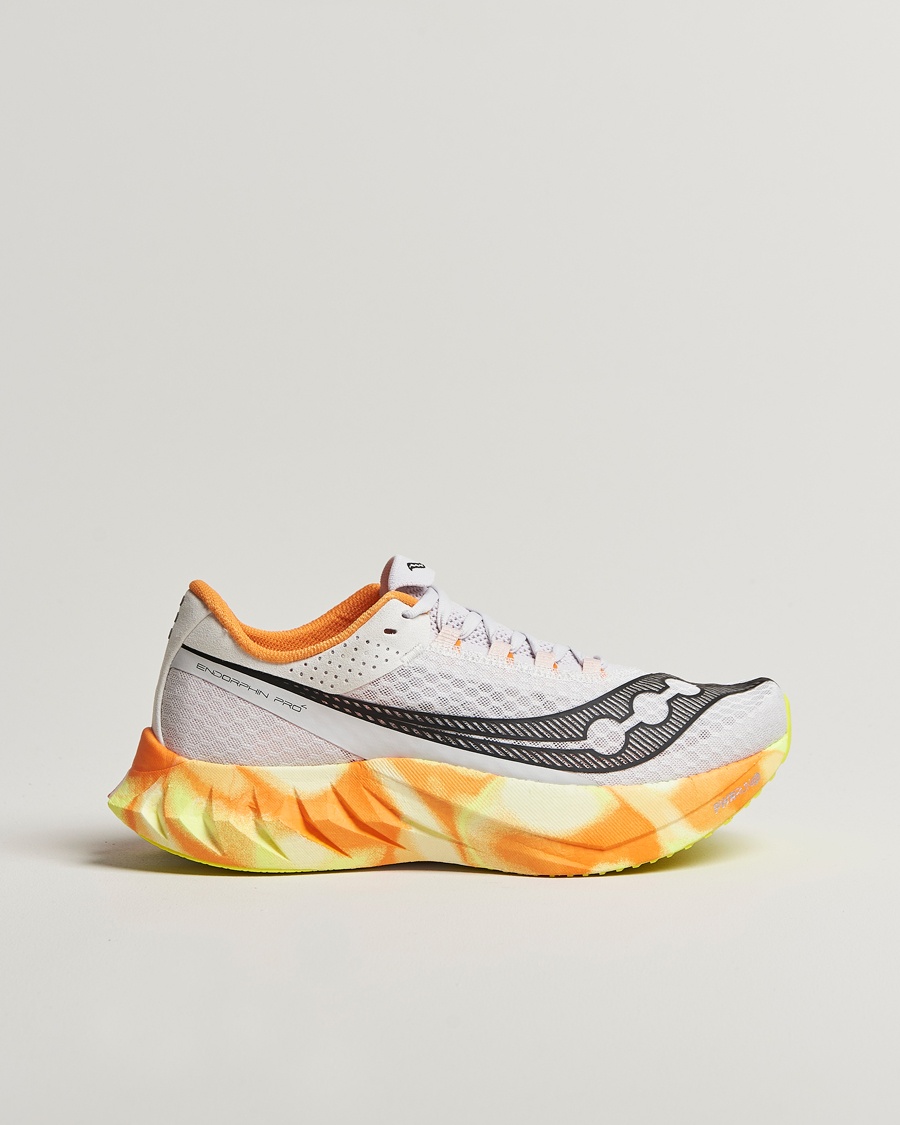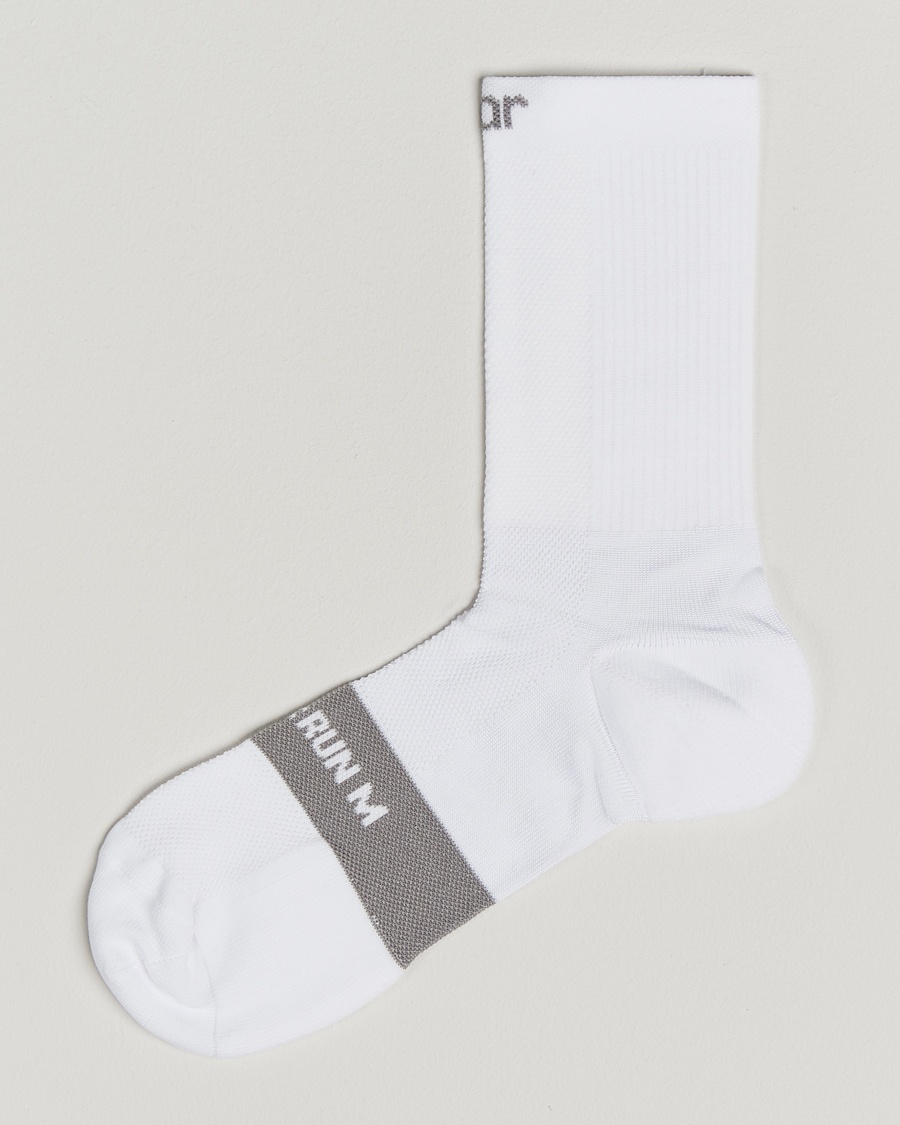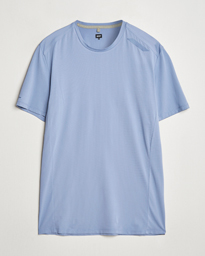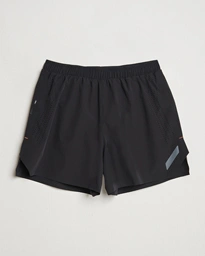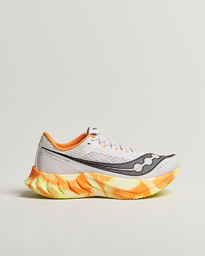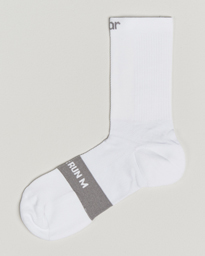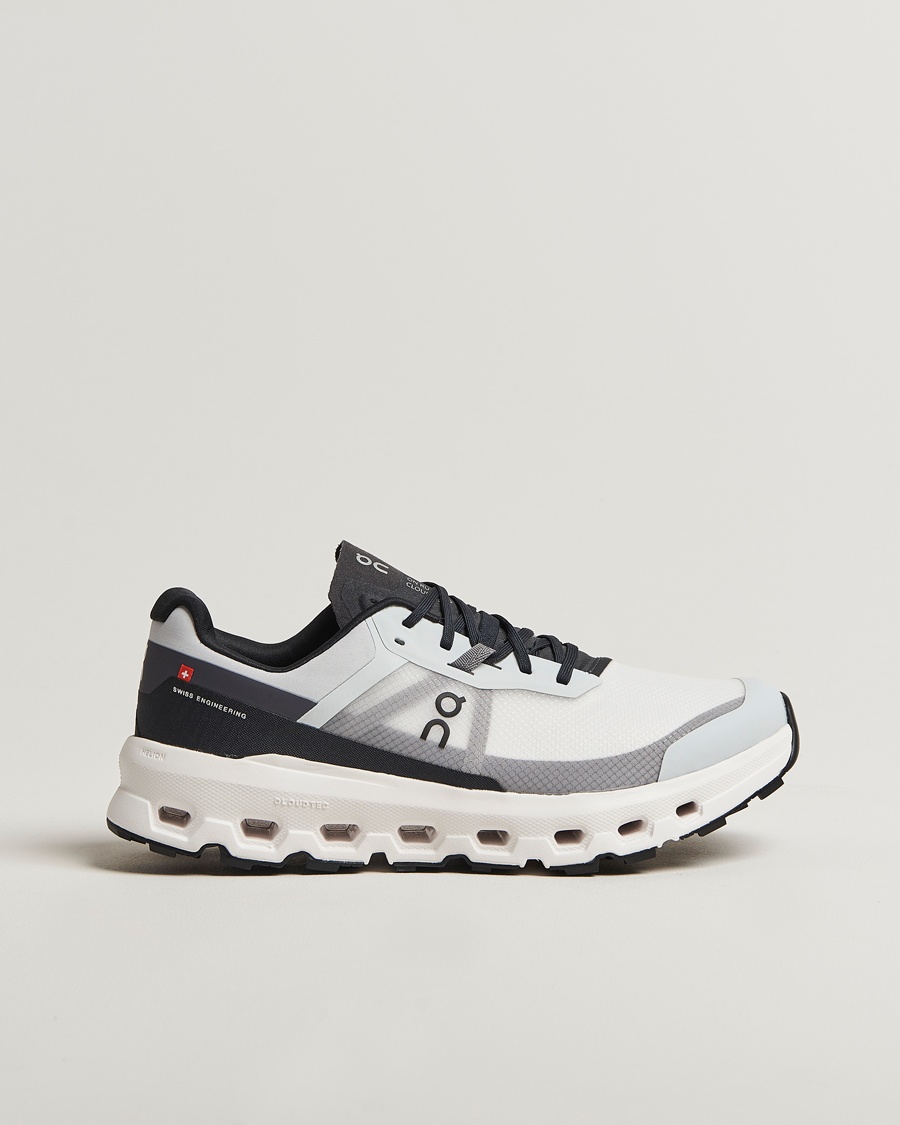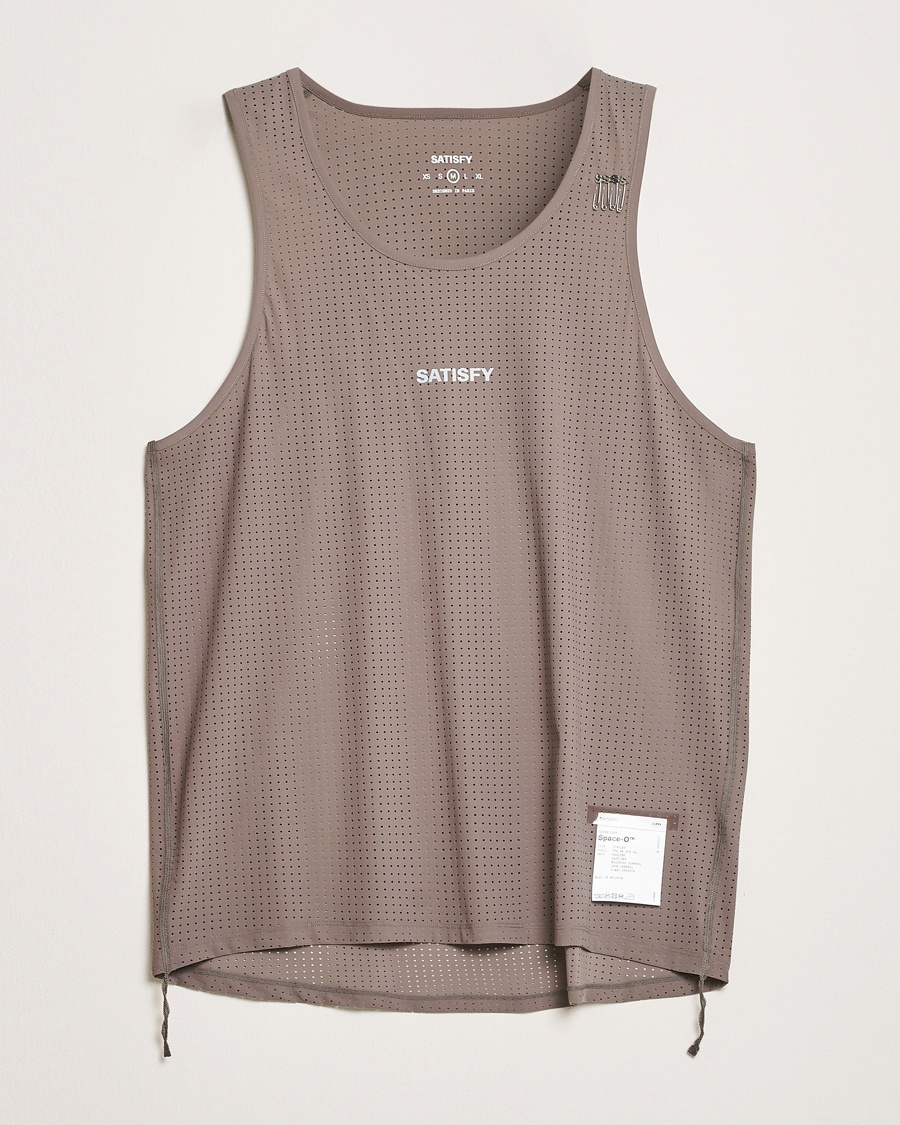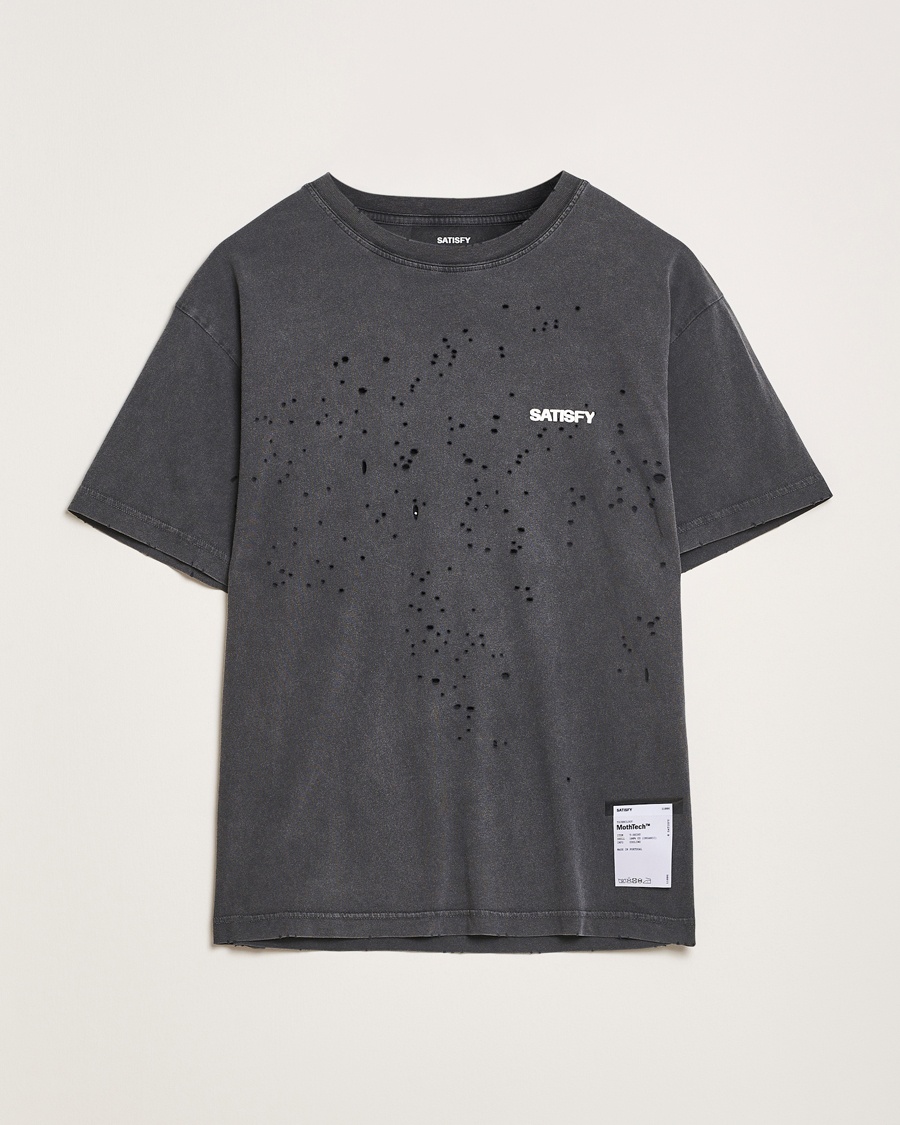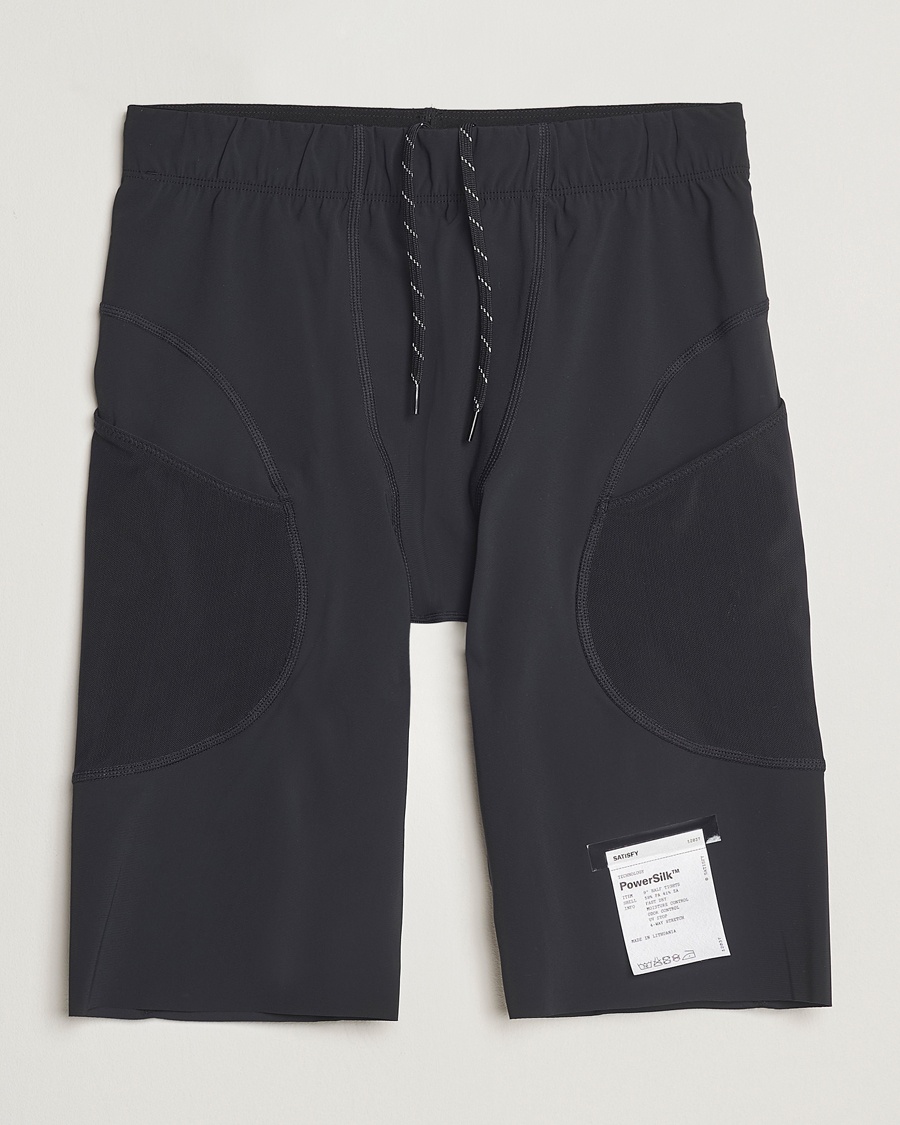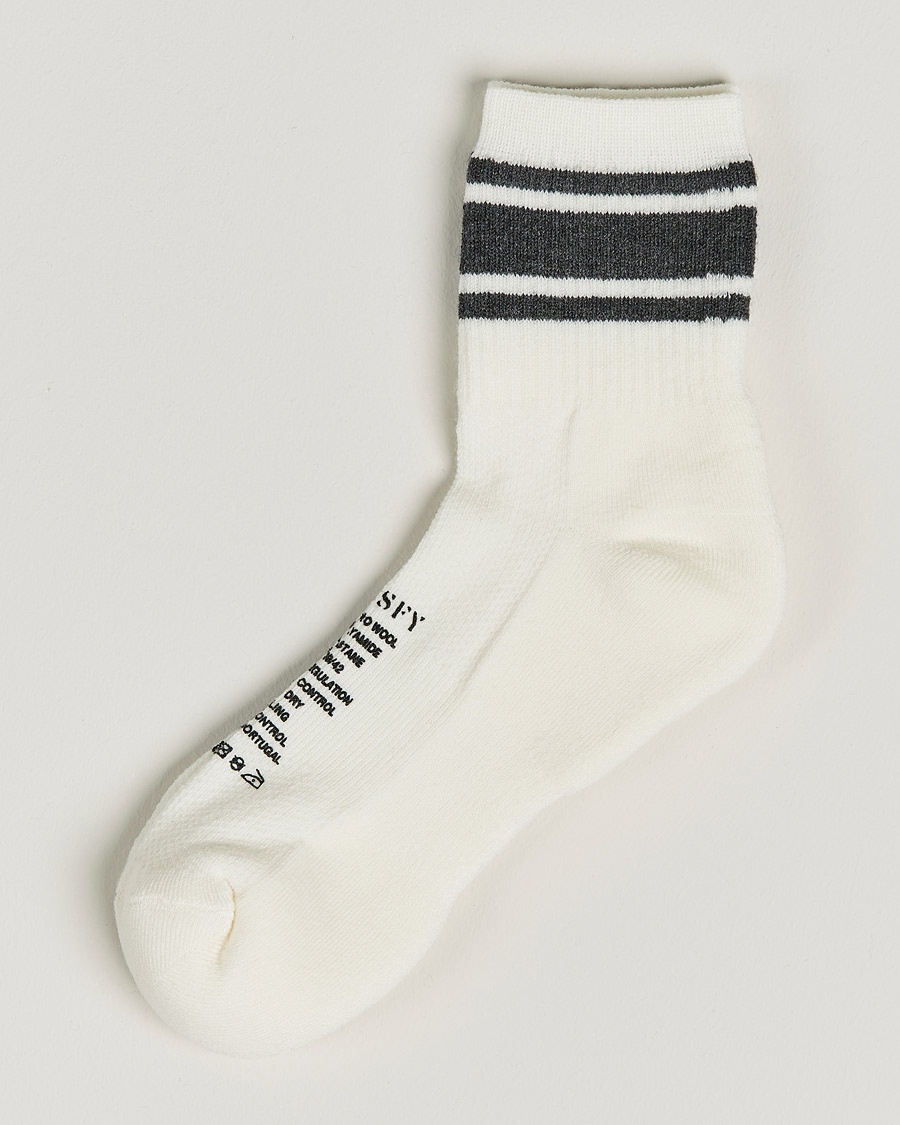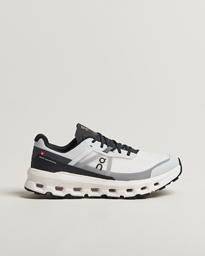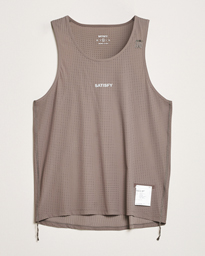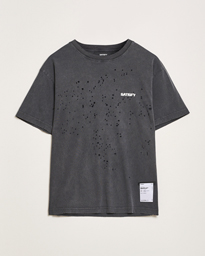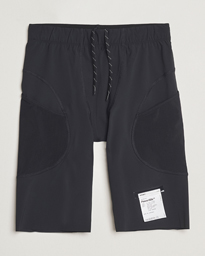
Sustainable Running – How to Keep Your Body Fit for Tomorrow

Text: Rasmus Motten Wernerby
Foto & video: Leo Prim
To begin with – we are not experts, we sell clothes and gear, but we do have some experience in this area, and we especially see what is happening around our teams where running has taken a firm hold of our colleagues. People go from zero to a hundred, running to challenge themselves, because they get a kick out of it, and simply because it’s a lot of fun. But there's a good chance that, like many others, you’ve made the mistake of focusing solely on running while neglecting to build a solid foundation around it. Because regardless of whether you’re new to running or a seasoned runner, it's not just running that’s required – strength training is also crucial to staying injury-free and keeping your body fit for tomorrow.
By focusing on key areas like calves, hips, and core, you can build a strong body capable of withstanding the rigors of running. Let’s dive into our favorite exercises.
Soleus Calf Raise (90 degrees bent knees)
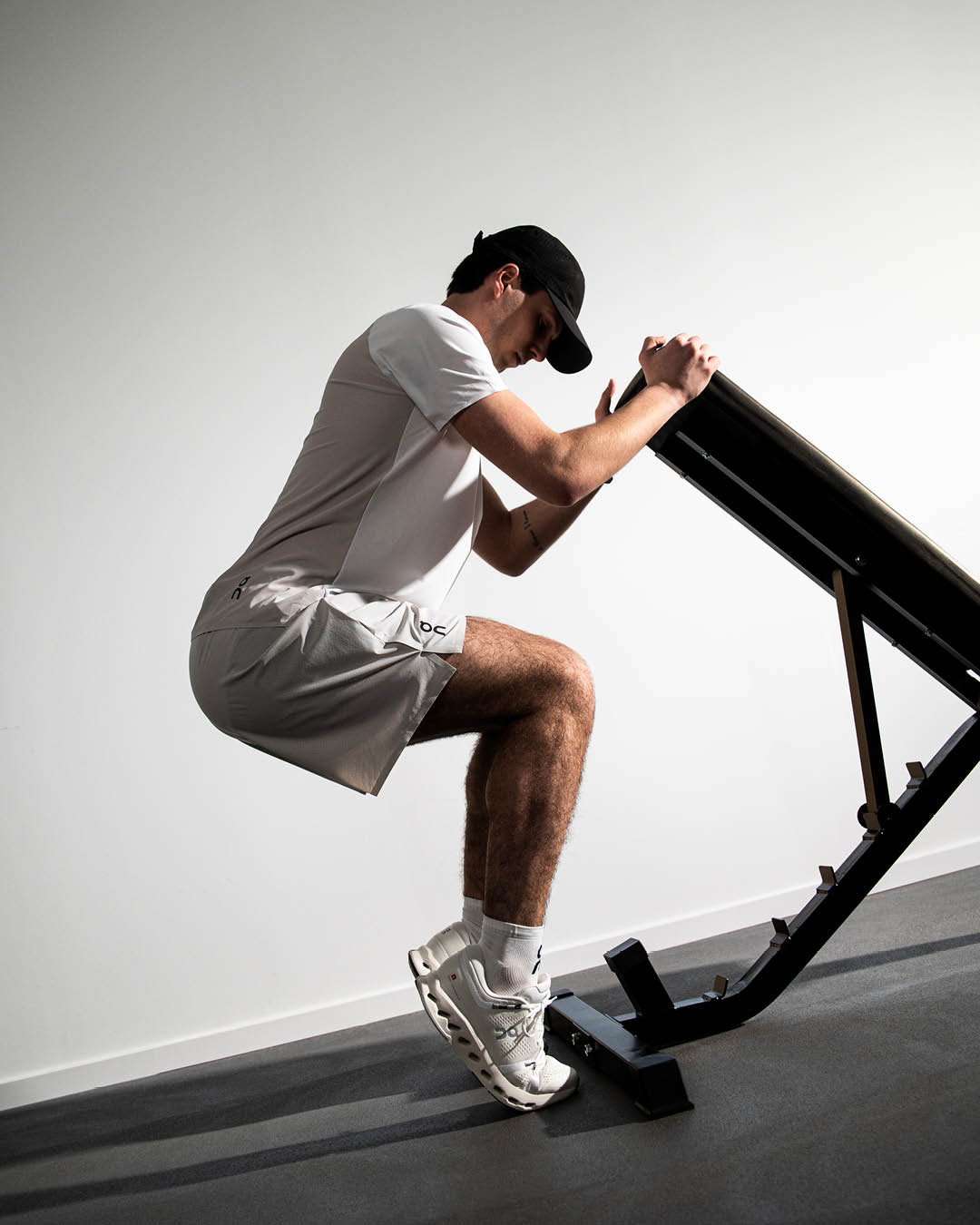
Why: The soleus muscle plays a crucial role in running by supporting the lower leg and stabilizing the foot while also generating force equal to up to 8x your body weight at push-off. By training it with bent knees, you deactivate the outer calf muscle and focus on an often-overlooked part of the calves that can help reduce the risk of running-specific injuries, such as Achilles tendon problems.
Box Step Up
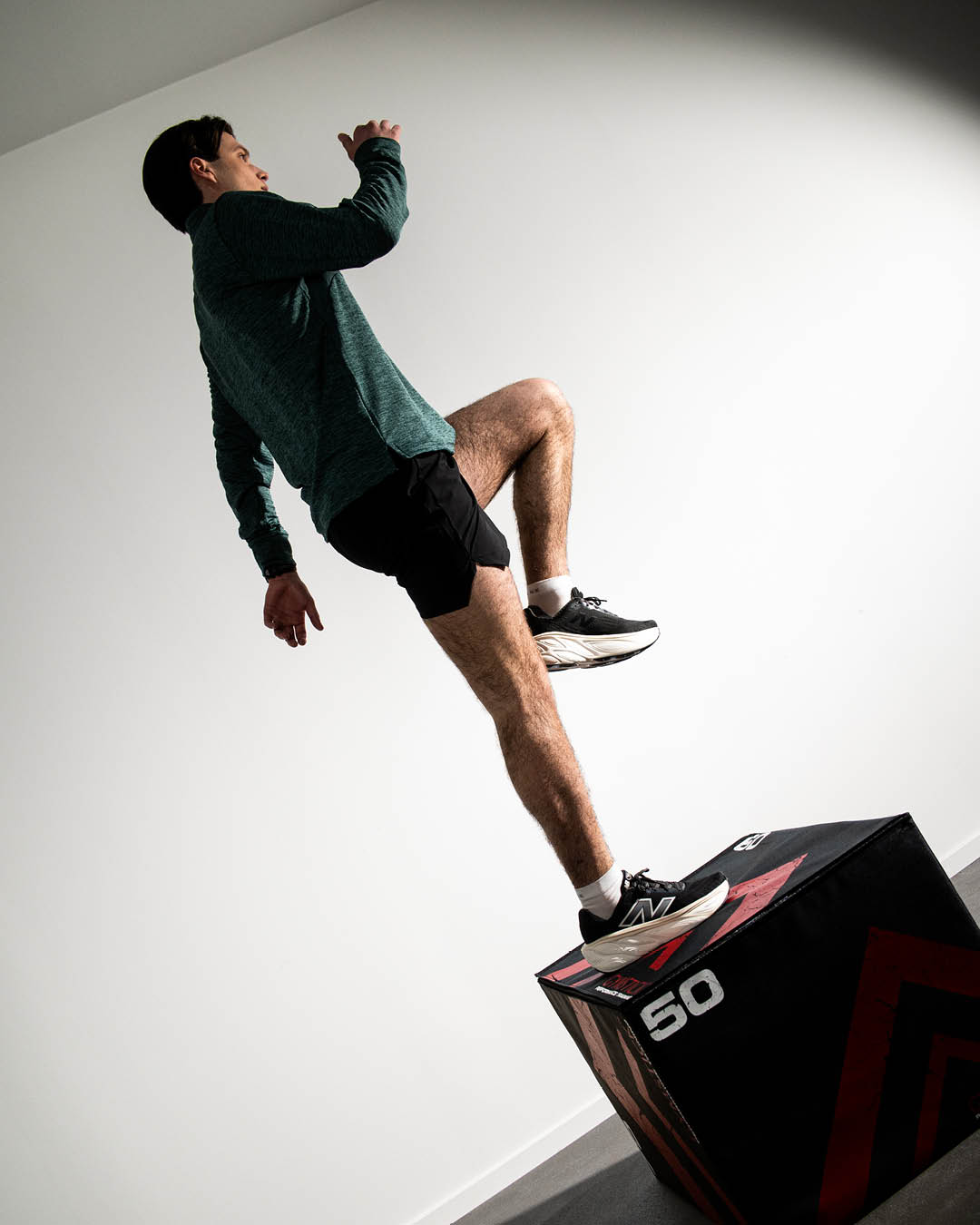
Why: This exercise strengthens your hips, thighs, and glutes, muscles that play a central role in generating power and stability when running. Strong hip and thigh muscles can improve your running economy and prevent common running injuries like knee pain.
Box Step Down
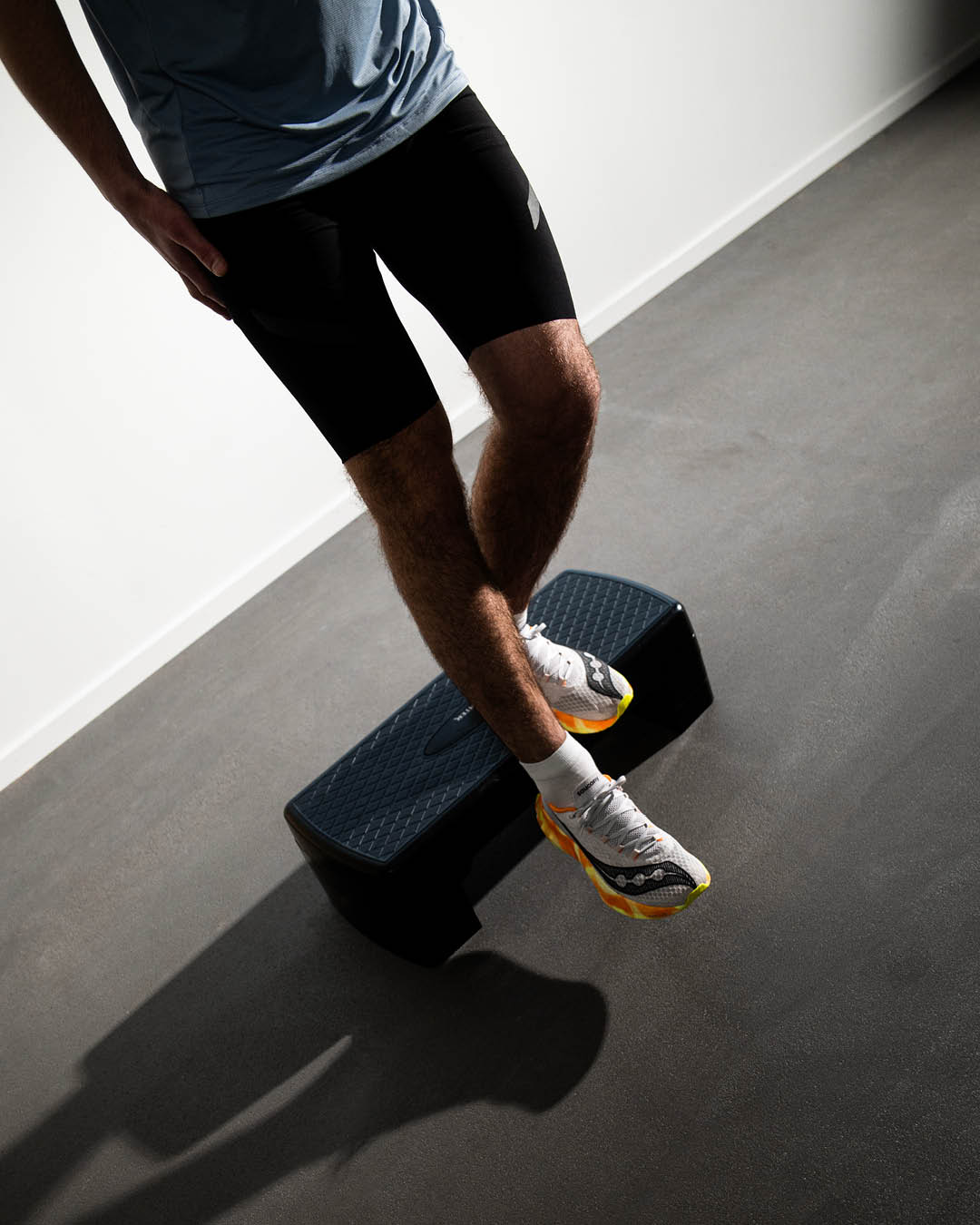
Why: This exercise strengthens your eccentric control, which is important for handling landings and impacts while running. It also helps prevent knee pain by strengthening the muscles that stabilize your joints during movement.
Mountain Climbers
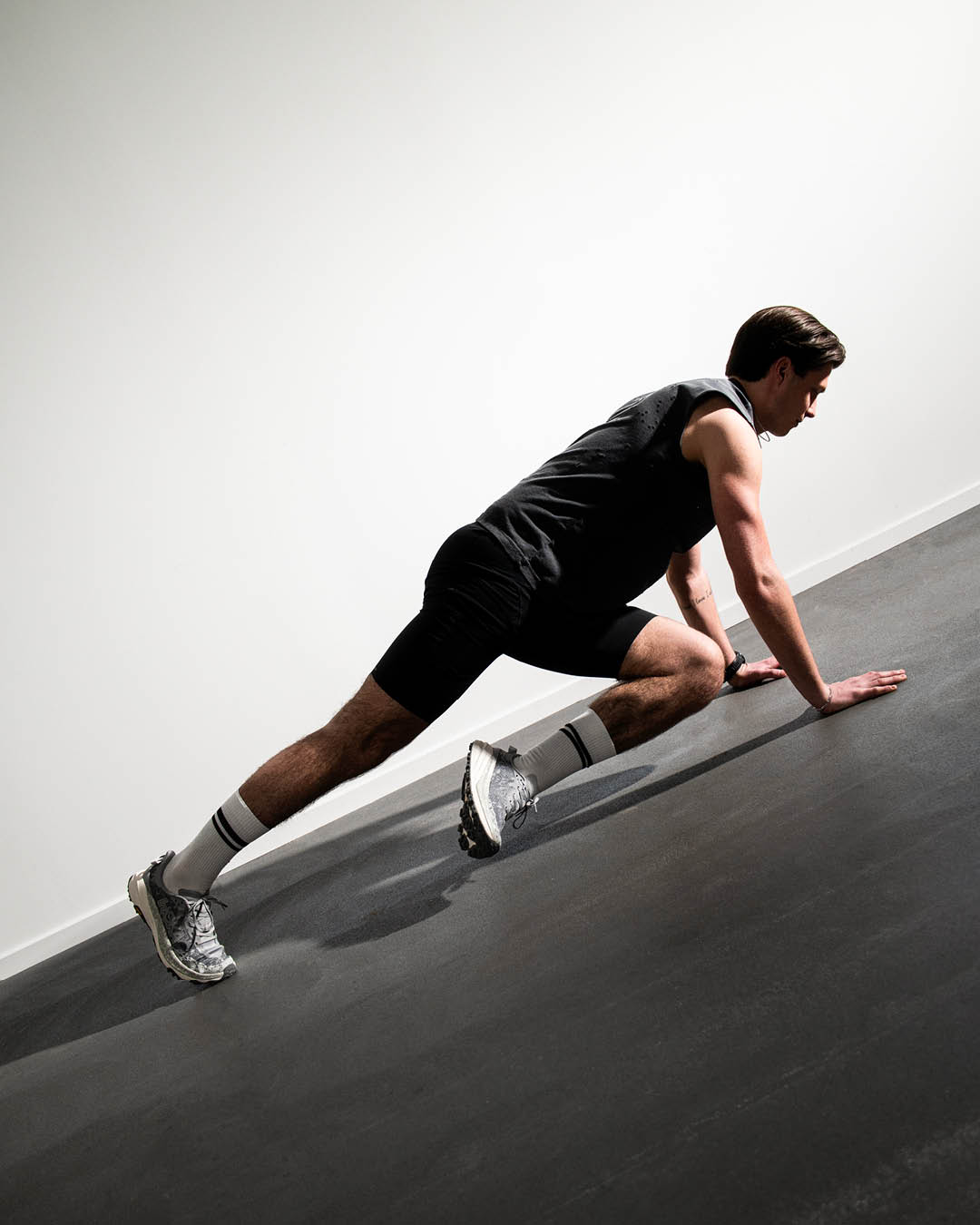
Why: Mountain Climbers are an excellent exercise for strengthening both core and hip muscles, which are critical for runner stability and posture during runs. This exercise helps improve endurance and coordination.
Copenhagen Plank
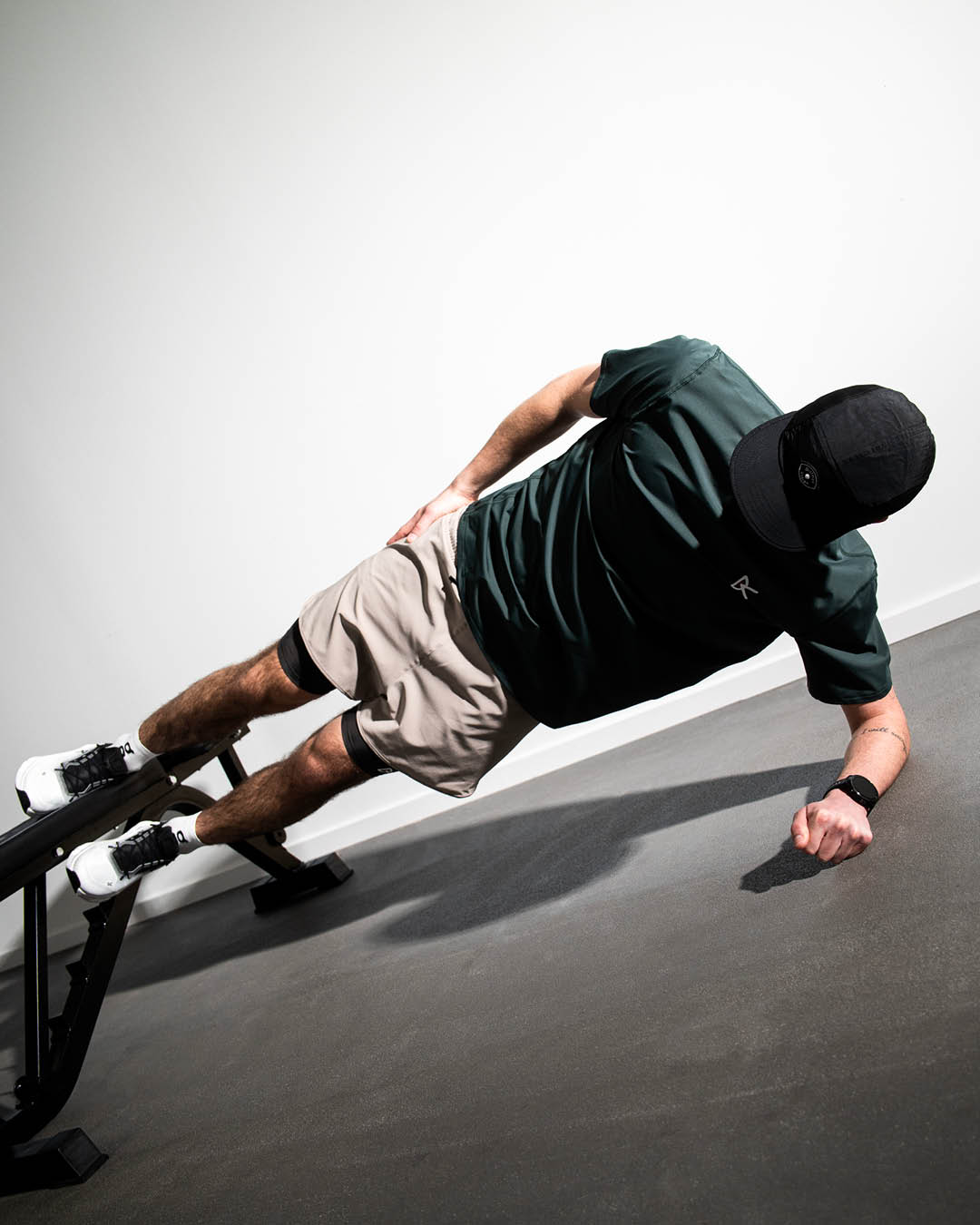
Why: The Copenhagen plank is particularly effective for strengthening your inner thighs and core. By training the inner thighs, you can reduce the risk of hip and groin issues that may arise during long-distance running.
These exercises will help you build a strong and resilient body for future running adventures. Do them as a standalone session 1-2 times a week or incorporate them regularly into your existing training routine, and they’ll hopefully help keep you injury-free and performing better on the roads and trails.
Wollen Sie an dieser Stelle fortsetzen?
Service
Häufig gestellte Fragen
Die Antworten auf die häufigsten Fragen finden Sie hier.
An Werktagen beantworten wir Ihre Mails innerhalb von 24 Stunden.
Sie können uns per E-Mail unter [email protected] oder via WhatsApp kontaktieren. Sie können auch gern unser Onlineformular nutzen indem Sie unten rechts auf die Ikone klicken und Kontakt wählen.
Persönliche Stilberatung
Entdecken Sie unsere persönliche Stilberatung – digital oder vor Ort in der Nähe unseres Hauptsitzes in Borås, Schweden.
Wenn Sie einen Termin mit einem unserer Personal Shopper vereinbaren möchten, senden Sie uns eine E-Mail an [email protected] und teilen Sie uns mit, ob Sie eine digitale Beratung oder ein persönliches Treffen bevorzugen. Wir melden uns zeitnah mit weiteren Details und Terminvorschlägen.
Unsere Stilberater freuen sich darauf, Ihnen zu helfen, Ihre Garderobe gezielt zu aktualisieren und in zeitlose Qualitätskleidung zu investieren.
Einloggen
-
Sweden
-
Denmark
-
Norway
-
Finland
-
Germany
-
Austria
-
Ireland
-
Croatia
-
Cyprus
-
Czech Republic
-
Estonia
-
Greece
-
Hungary
-
Liechtenstein
-
Lithuania
-
Luxembourg
-
Malta
-
Poland
-
Portugal
-
Slovakia
-
Slovenia
-
Bulgaria
-
Latvia
-
Romania
-
United States of America
-
Netherlands
-
France
-
Switzerland
-
Spain
-
Italy
-
United Kingdom
-
Saudi Arabia
-
New Zealand
-
Taiwan
-
United Arab Emirates
-
Japan
-
Australia
-
Canada
-
South Korea
-
Hong Kong
-
Singapore
-
Kuwait
-
Malaysia
-
Qatar
-
Belgium (Nederlands)
-
Belgium (Français)








